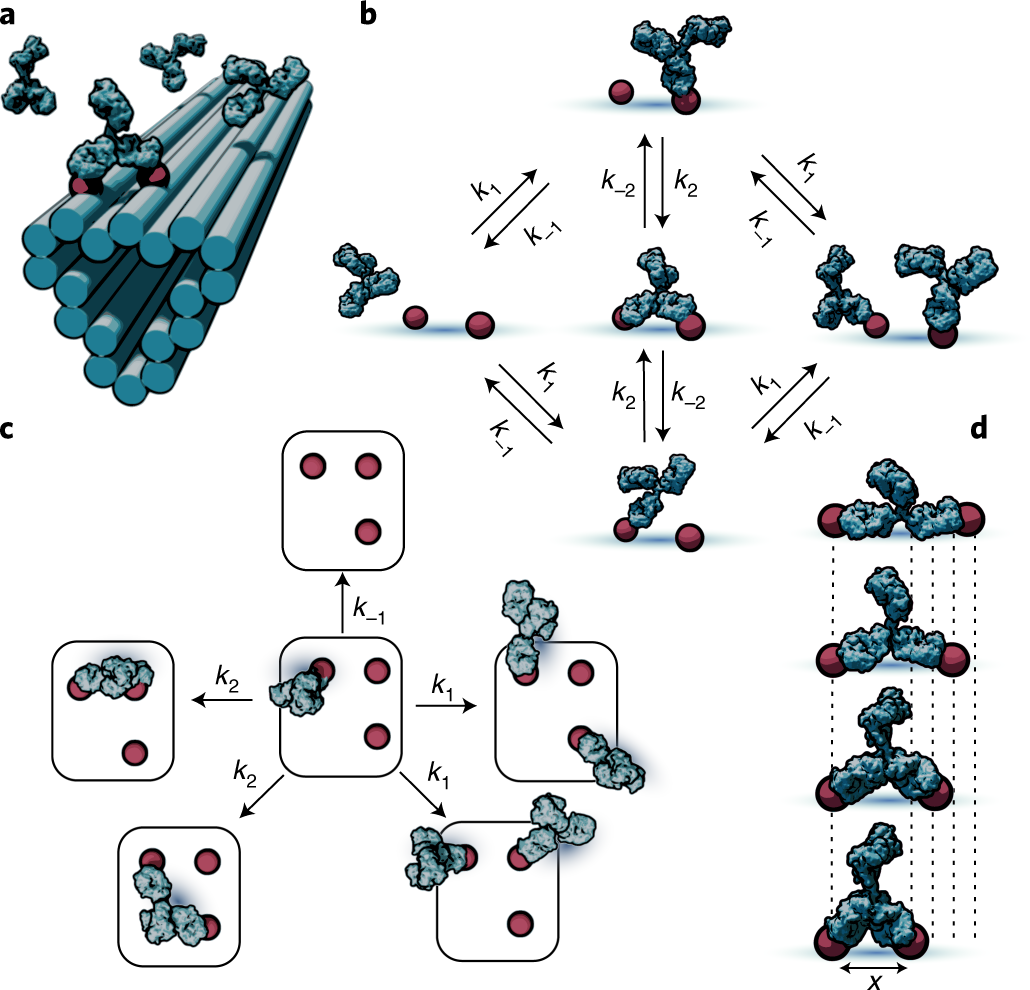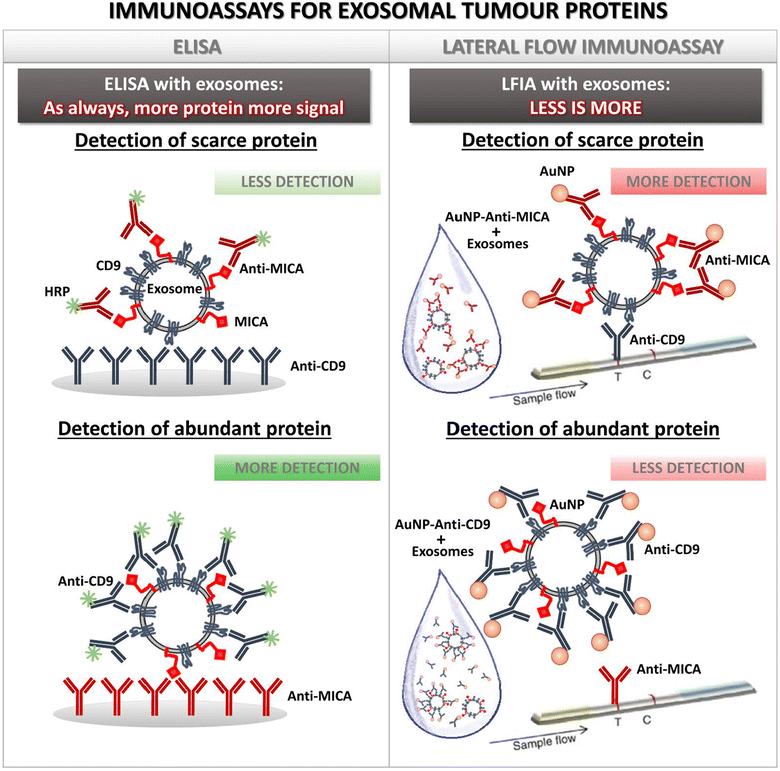
The Therapeutic Antibody LM609 Selectively Inhibits Ligand Binding to Human αVβ3 Integrin via Steric Hindrance - ScienceDirect

Mimotopes - To prevent steric hindrance and ensure the peptide is available for antibody binding, a hydrophilic tetrapeptide -SGSG- is added as a spacer arm between biotin and peptide. Biotinylation has many

Hemagglutinin Stalk-Reactive Antibodies Interfere with Influenza Virus Neuraminidase Activity by Steric Hindrance | Journal of Virology

Stochastic modeling of antibody binding predicts programmable migration on antigen patterns | Nature Computational Science

Target-induced steric hindrance protection of DNAzyme junctions for completely enzyme-free and amplified sensing of transcription factors - ScienceDirect

A Highly Selective Electrochemical DNA-Based Sensor That Employs Steric Hindrance Effects to Detect Proteins Directly in Whole Blood | Journal of the American Chemical Society

Multivalent Antibody‐Recruiting Macromolecules: Linking Increased Binding Affinity with Enhanced Innate Immune Killing - Uvyn - 2020 - ChemBioChem - Wiley Online Library

Figure 2 from A Highly Selective Electrochemical DNA-Based Sensor That Employs Steric Hindrance Effects to Detect Proteins Directly in Whole Blood. | Semantic Scholar

Improving nanoparticle-enhanced surface plasmon resonance detection of small molecules by reducing steric hindrance via molecular linkers - ScienceDirect

Figure 1 from A Highly Selective Electrochemical DNA-Based Sensor That Employs Steric Hindrance Effects to Detect Proteins Directly in Whole Blood. | Semantic Scholar

Immunoassays for scarce tumour-antigens in exosomes: detection of the human NKG2D-Ligand, MICA, in tetraspanin-containing nanovesicles from melanoma | Journal of Nanobiotechnology | Full Text

Quantitative measurement of p53-p53 antibody interactions by quartz crystal microbalance: A modelsystem for immunochemical calibration
Accessibility of epitopes. (A) Targeting cryptotopes. (B) Accessibility... | Download Scientific Diagram

Full article: Generation of robust bispecific antibodies through fusion of single-domain antibodies on IgG scaffolds: a comprehensive comparison of formats

Noncanonical antibody strategy for broad and potent neutralization of influenza virus | Cellular & Molecular Immunology
Steric hindrance phenomenon. Immunohistochemistry for the trastuzumab... | Download Scientific Diagram








